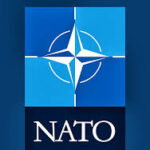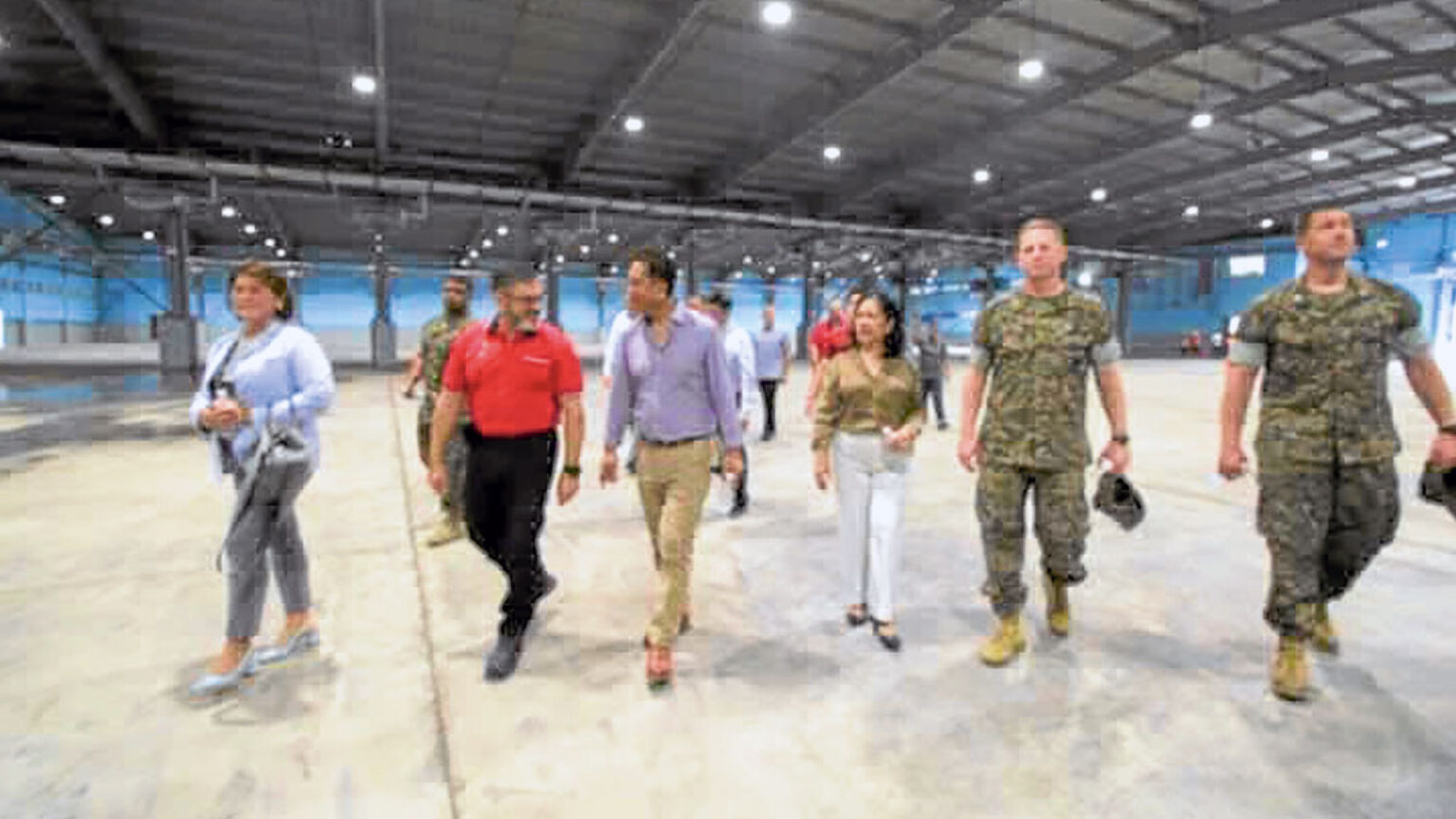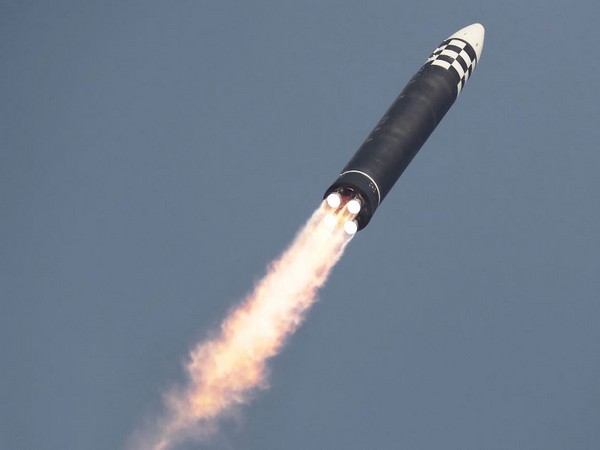Japan and Australia have taken a proactive and significant step forward in strengthening their military cooperation. This decision, made in response to increasing concerns about China’s incursions into Japanese airspace and waters, is a reassuring sign of the region’s commitment to security. The announcement followed a pivotal meeting between Japan’s Foreign Minister Yoko Kamikawa and Defense Minister Minoru Kihara in Queenscliff, Australia.
During this meeting, the ministers underscored the strategic importance of collaboration to maintain regional stability. They discussed in detail the enhancement of joint training exercises, particularly those involving the advanced F-35A fighter jets. These exercises are not just routine, but a crucial part of the nations’ defense strategies, aiming to bolster the air capabilities of both nations, improve interoperability, and ensure a robust defense posture.
Moreover, the ministers unveiled plans for Japan’s Amphibious Rapid Deployment Brigade to join annual exercises with the U.S. Marines in Australia. This move is crucial for enhancing Japan’s rapid response abilities and securing its maritime territories. By participating in these exercises, Japan aims to strengthen its defense strategies and readiness in the face of potential regional threats.
Importantly, this agreement highlights a shared commitment between Japan and Australia to counteract potential threats and uphold peace in the Asia-Pacific region. As tensions with China continue to escalate, both nations recognize the critical importance of strategic partnerships. Working together is essential for addressing shared security challenges and ensuring regional stability.
Furthermore, this collaboration sends a powerful message to other countries about the importance of collective security efforts. By enhancing their military cooperation, Japan and Australia set a precedent for others to follow, promoting a unified approach to maintaining peace and stability.
Additionally, the focus on joint training exercises reflects an understanding of the complexities involved in modern warfare. With threats and technologies constantly evolving, nations must continuously upgrade their defense capabilities. Including F-35A fighter jets in these exercises underscores the commitment to utilizing cutting-edge technology in defense strategies.
The broader implications of this agreement are significant and contribute positively to the overall security landscape of the Asia-Pacific region. By working closely, Japan and Australia not only strengthen their own defenses but also play a crucial role in maintaining regional peace and stability. This partnership has the potential, and the power, to reshape security dynamics and encourage similar collaborations among other regional players, offering hope for the region’s future.
Japan and Australia’s decision to increase joint military training represents a strategic move to address immediate security concerns while laying the foundation for long-term regional stability. As both nations look to the future, their enhanced military cooperation will ensure continued peace and security in the Asia-Pacific region. This partnership stands as a testament to the power of collaboration in facing shared challenges and securing a stable future for the area.















